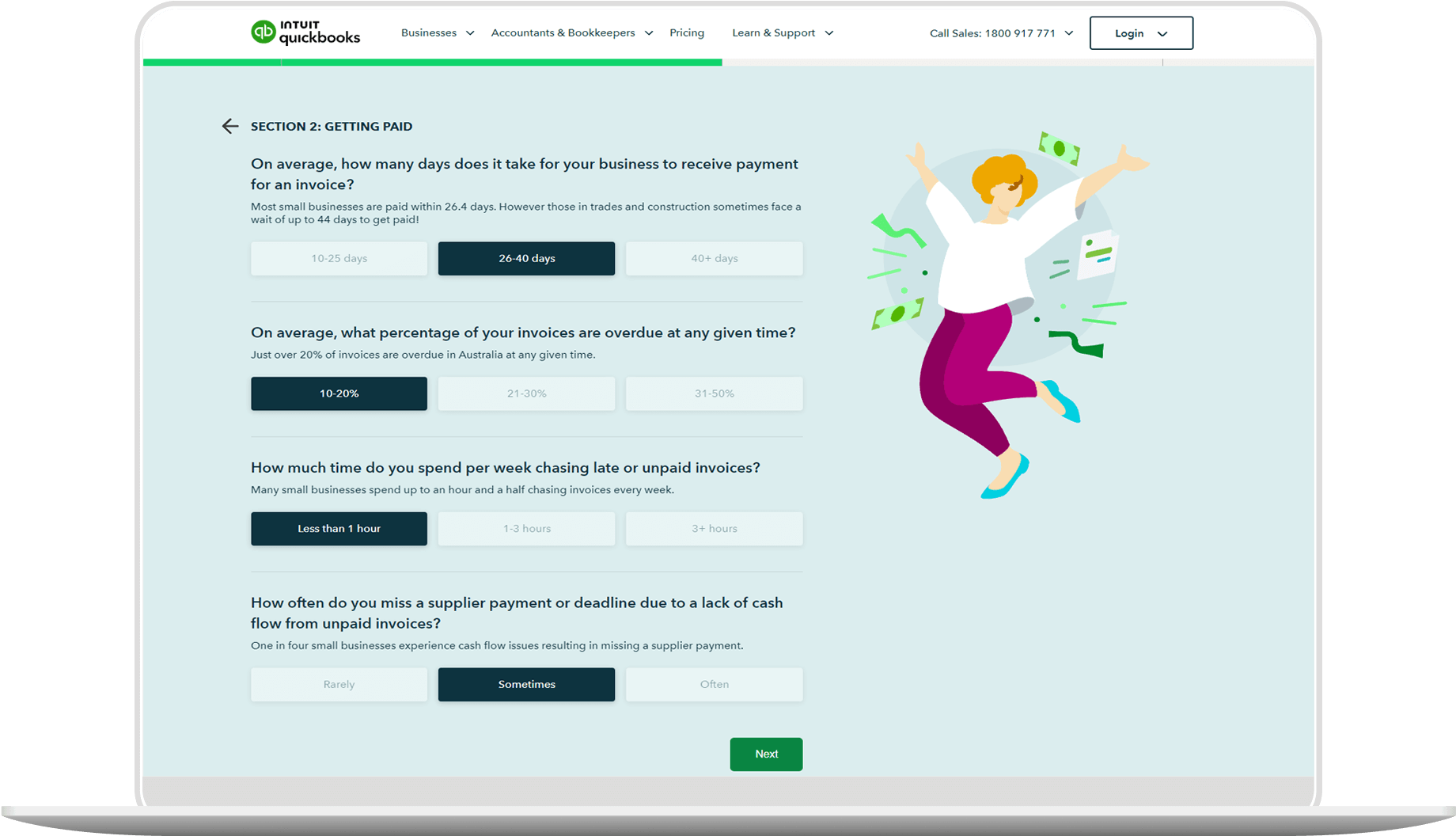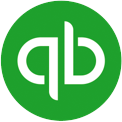Day 30: One month late
A payment this late may feel like it is bordering on rude, but that doesn’t mean you should be. Keep calm and stay professional in your follow-up.
If you have already spoken with the client, resend the invoice, along with any new charges, and reference the conversation you had and any concrete plans they had stated to send payment. In addition to email, send it via snail mail, which might get their attention.
You can also begin assessing late payment fees but this is important only if you had first explained it in your new client onboarding.
Sending a customer an unexpected late fee could cause more animosity than it’s worth. However, it’s perfectly fine to state your terms for late payments right up front and then be sure to itemise them on the next bill.
At this point, you may want to dial up your persistence. Be clear that you need to be paid and make sure you’re talking to the right person. If you are dealing with the accounting department, it might be time to get your client involved again as they have a vested interest in seeing you get paid in a timely fashion so the work can go on.
And that’s because this is an ideal time frame to cease current and future work. Politely let your client know via email that you will have to stop working on current projects until the bills are current.
Here is a 30-day past due invoice email template that you can simply copy, paste, edit and send to your customer:
30-day past due invoice email
Subject line: [Your Business Name]: Invoice #XXXXX for [Product/Service] is 30 days PAST DUE
Body:
Hi [Customer’s Name],
This email is to remind you that your invoice is now 30 days past due and I am seeking your immediate attention.
Our records show that we have not yet received payment for invoice #XXXXX in the amount of [invoice amount], which was due on [due date].
[Optional, if applicable] As your invoice is now past due, a late fee of [amount] has been assessed.
The outstanding invoice amount is [invoice amount plus late fees, if applicable] and is [number of days] past due. Attached is a copy of the invoice. You may make a payment here: [link to online payment or other payment methods].
Please let me know the status of your payment.
If your payment has already been sent, please disregard this notice. If you have any questions or concerns, or would like to discuss payment plan options, please contact me at [contact number].
I appreciate you addressing this at your earliest convenience so we can work out this matter.
Thank you,
[Your Name]
[Your Company Name]


















